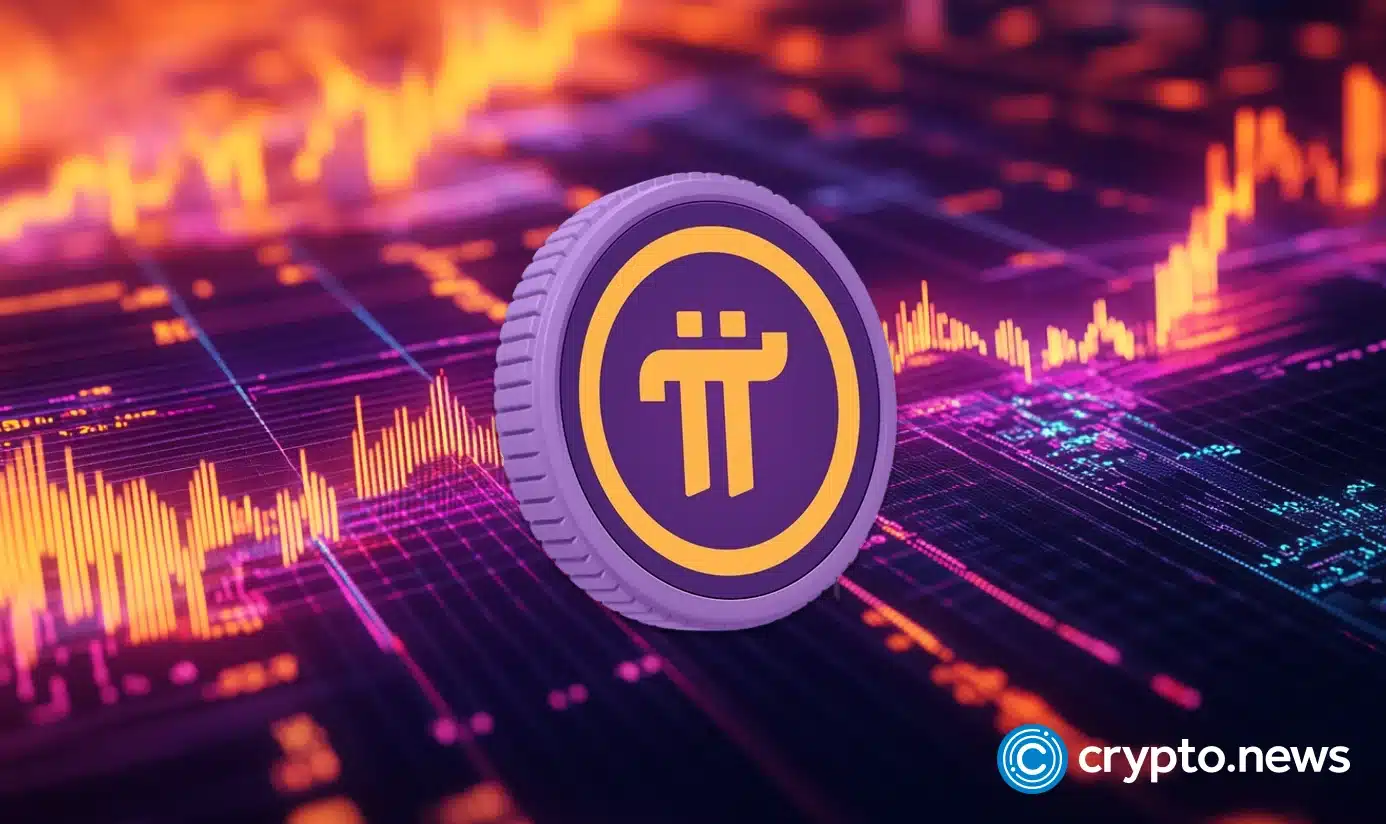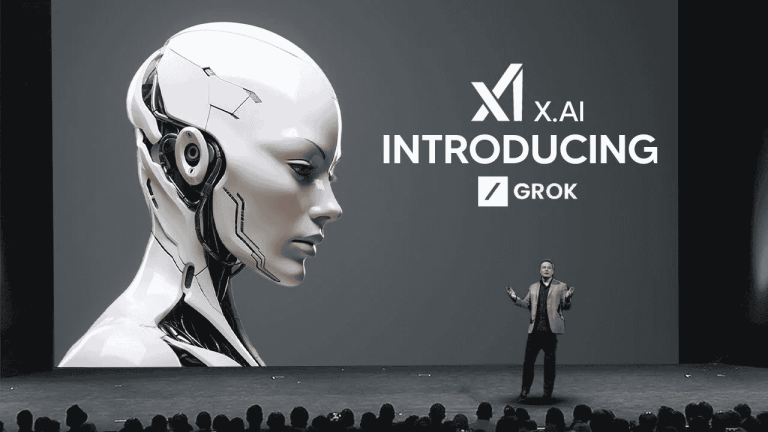Pi Network: What Is It? A Comprehensive Overview
In the rapidly evolving world of cryptocurrency, a new player called Pi Network has emerged with the promise of making cryptocurrency accessible to everyone. This mobile-first cryptocurrency aims to offer an alternative to traditional digital currencies like Bitcoin by enabling users to mine it directly from their smartphones. This article delves into the details of Pi Network, its origins, how it works, its success, and the controversies surrounding it.
Introduction to Pi Network: What Is It?
Pi Network is a cryptocurrency project that allows users to mine digital coins directly from their smartphones without draining battery life or requiring heavy computational power. Launched in 2019 by a team of Stanford PhDs, the project aims to create an accessible and user-friendly cryptocurrency that can be easily adopted by individuals across the world, particularly those in developing countries who may not have access to expensive hardware for traditional mining.
Pi Network positions itself as a decentralized, mobile-first currency that is easy to use and offers a chance for early adopters to participate in the mining process. Unlike Bitcoin and other cryptocurrencies that require specialized hardware to mine, Pi allows users to earn the currency just by using their smartphones and engaging with the network.
The Founders of Pi Network: Who Are They?
Pi Network was created by Dr. Nicolas Kokkalis, Dr. Chengdiao Fan, and Dr. Vincent McPhillip, all of whom are Stanford University graduates. The team of founders combined their academic backgrounds with real-world expertise to bring Pi Network to life.
- Dr. Nicolas Kokkalis: Kokkalis is one of the co-founders and the Chief Technology Officer of Pi Network. He has a strong background in computer science and has previously worked on blockchain and cryptocurrency-related projects.
- Dr. Chengdiao Fan: Fan is another co-founder and the Chief Product Officer. She focuses on building the user experience of Pi Network and ensuring its scalability.
- Dr. Vincent McPhillip: McPhillip, another co-founder, has worked on various social impact initiatives. His role involves looking at Pi Network from the perspective of its potential global reach and impact.
Together, the team set out with the goal of creating a cryptocurrency that would be accessible to everyone and not just the tech-savvy or those with expensive hardware.
How Pi Network Works: Mining with Your Smartphone
Pi Network distinguishes itself from other cryptocurrencies by allowing users to mine coins with minimal resource requirements. The core of the network is built around mobile mining, a concept that ensures low energy consumption while enabling users to participate in the mining process directly through their smartphones.
Unlike traditional cryptocurrencies, which require powerful computers or mining rigs to solve complex mathematical puzzles, Pi Network utilizes a Federated Byzantine Agreement (FBA) consensus algorithm. This algorithm does not require the computational power associated with Proof of Work (PoW) systems like Bitcoin but instead uses a more efficient method to verify transactions and reach consensus within the network.
How Does Mining Work in Pi Network?
- Mobile Mining: Users can mine Pi by simply installing the Pi Network app on their smartphones. The app runs in the background, consuming minimal resources, and users can mine Pi by clicking a button once every 24 hours to keep their mining process active.
- Pi Nodes: Pi Network encourages users to invite others to join the network and create a network of Pi Nodes to help verify transactions and secure the network. As the network grows, so do the mining rewards.
- Mining Rates: Mining rewards vary based on the user’s involvement and activity within the network. Users who actively contribute by inviting others to join the network or securing the network by becoming trusted members receive higher rewards.
- Security Circles: Users are encouraged to form “Security Circles,” which are trusted groups of people who vouch for each other’s identities. This helps to ensure that only legitimate users are part of the network, further adding to its security.
Pi Network’s mobile mining system has attracted millions of users around the world, particularly due to its ease of use and accessibility.
The Road to Success: Pi Network’s Growth and User Base
Since its launch in 2019, Pi Network has seen rapid growth in its user base. As of 2025, Pi Network claims to have over 40 million users globally. The project’s growth can be attributed to the following factors:
- Accessibility: Pi Network’s mobile-first approach has made it incredibly accessible. With the app available on both Android and iOS devices, individuals can participate without needing expensive hardware or technical knowledge.
- Zero-Cost Mining: Unlike traditional cryptocurrencies, where mining requires significant financial investment in hardware and electricity costs, Pi Network enables users to mine for free, simply by downloading and running the app.
- Word-of-Mouth Marketing: Pi Network has grown primarily through word-of-mouth and social sharing. Users who join the network can invite their friends and family, which has helped spread the app across various regions, particularly in developing countries where access to cryptocurrency may have been previously limited.
- Global Reach: The Pi Network’s decentralized nature means it can reach a global audience, which is essential for building a large and diverse user base. With its availability in multiple languages, it appeals to people from different countries and backgrounds.
As a result of these factors, Pi Network’s user base has expanded exponentially, becoming one of the fastest-growing cryptocurrency projects in history.
Pi Network’s Success and Challenges
While Pi Network has achieved significant growth, it is not without its challenges. The project faces skepticism from some in the cryptocurrency community, particularly those who are accustomed to the established models of Bitcoin and Ethereum. Several concerns have been raised:
1. Legitimacy and Transparency
One of the major criticisms of Pi Network is the lack of transparency about the project’s underlying technology and its long-term goals. Many users and critics question how Pi Network will transition from being a mobile-based mining platform to a fully functional cryptocurrency with real-world use cases. Furthermore, concerns have been raised regarding the token’s actual value once it is made publicly available on exchanges.
2. Centralization vs. Decentralization
Pi Network’s reliance on the Federated Byzantine Agreement (FBA) and a centralized team of founders has led some to question the true decentralization of the network. While Pi Network’s founders insist that their long-term goal is to transition to full decentralization, some critics argue that the network may remain centralized, particularly in its early stages.
3. No Immediate Monetary Value
Another issue that has drawn skepticism is the fact that Pi coins (PI) have no direct monetary value as of now. Despite having millions of users mining the coin, there is no clear market for it yet. This has led some to question whether Pi will ever have any real-world value, especially since it has not yet been listed on any major cryptocurrency exchanges.
The Future of Pi Network: What’s Next?
Pi Network’s roadmap includes plans to eventually list Pi coins on cryptocurrency exchanges, allowing users to trade their coins for other digital currencies or fiat money. However, the timeline for this transition is unclear, and much depends on the progress of the network’s development and its ability to prove its value to the broader crypto community.
Pi Network also plans to expand its ecosystem by developing decentralized applications (dApps) and establishing use cases for Pi coins, such as making purchases or paying for services within the Pi ecosystem. If successful, this could increase the utility and demand for Pi coins, driving their value higher.
The community-driven nature of Pi Network means that its future success will largely depend on its users and their engagement with the platform. As more people participate in the network and contribute to its growth, Pi Network has the potential to become a prominent player in the cryptocurrency space.
Conclusion: Pi Network’s Promising but Uncertain Future
Pi Network has undoubtedly made waves in the cryptocurrency world with its unique approach to mobile mining and its promise of democratizing access to digital currencies. With millions of users already on board and a growing community, Pi Network could become a major player in the future of cryptocurrency.
However, it faces challenges in terms of transparency, legitimacy, and real-world value, which will need to be addressed as the project matures. The road ahead is uncertain, but if Pi Network can successfully navigate these challenges and establish itself as a functional and valuable cryptocurrency, it could very well change the way people interact with digital currencies.
Pi Network remains a fascinating experiment in the world of cryptocurrency—one that has the potential to either disrupt the industry or fade into obscurity. Only time will tell which path it takes.





